Ancient Forth Defences 6 – Norman Influence 1066 to 1250
| < 6 – The emergence of a Scottish Nation 840 to 1100 AD | Δ Index | 7 – Succession crisis and the Wars of Independence 1286 to 1328 > |
Meantime huge changes were under way south of the border.
In 1066 Edward the Confessor, the King of England, died leaving no sons. His cousin William, Duke of Normandy claimed that Edward had promised him the English Crown, and in the famous Battle of Hastings William (the Conqueror) defeated Harold the other claimant to the throne, and so was crowned King William I of England.
Edward’s great-niece Margaret fled to Scotland and married King Malcolm III (Malcolm Canmore) in 1070.
William tried to invade Scotland in 1072, but was not successful. Although the border between Scotland and England was always in dispute, the next few centuries were relatively peaceful for Scotland, with close links between the Scottish and English royal courts.
In 1100, William’s youngest son, became King Henry the First. He married Maud, the daughter of Malcolm Canmore. One of Maud’s younger brothers, David, was raised in the court of Henry the First, where he made many Norman friends.
Norman nobility invited to Scotland.
In 1124 David became King David the First of Scotland.
He invited his friends, mostly younger sons of Norman nobles, to come to Scotland with the inducement of the possession of land. This was an attractive offer because the Normans did not divide their lands among their children. The oldest son received all the land and any titles. It ensured that estates were not broken up, but left younger sons without a means of making a living.
This led to a surge in castle building.
Castles built by Norman nobles
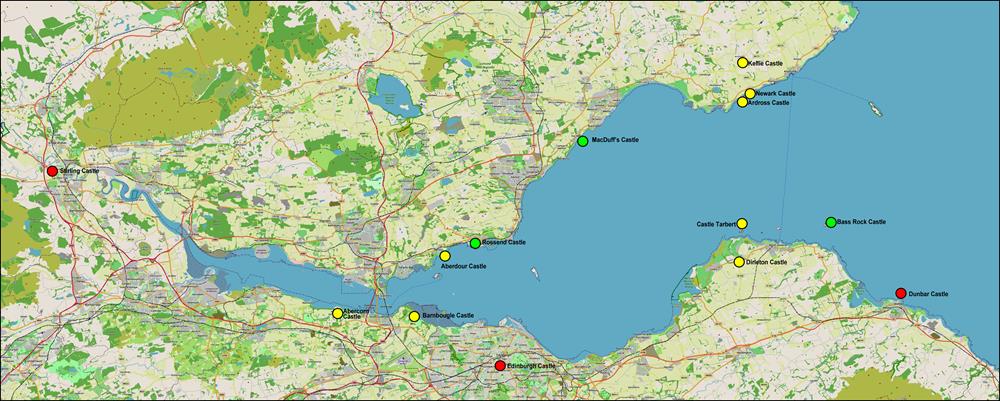
King David I granted land around the Forth to the de Mortimer, de Avendel, and de Vaux families.
Alan de Mortimer built Aberdour Castle,
 Aberdour Castle
Aberdour Castle
Robert de Avenel built Abercorn Castle on what would become the Hopetoun estate in South Queensferry,
 The site of Abercorn Castle
The site of Abercorn Castle
and John de Vaux, Baron of Dirleton built Castle Tarbert on the island of Fidra.
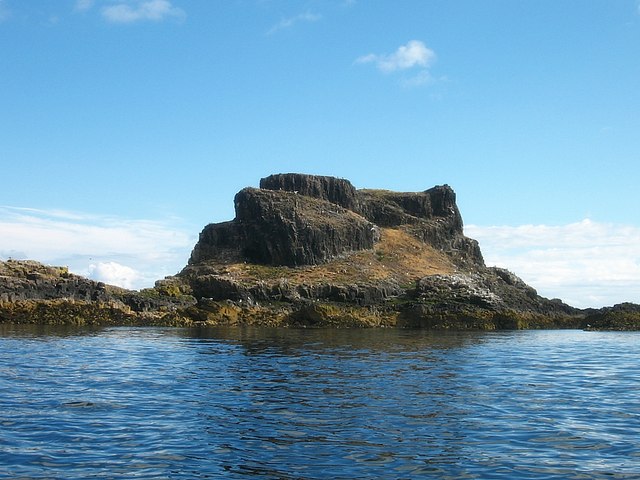 Castle Tarbert on Fidra
Castle Tarbert on Fidra
These were all built around the 1150s.
One of David I’s charters was witnessed in Kellie Castle in Pittenweem in 1150.
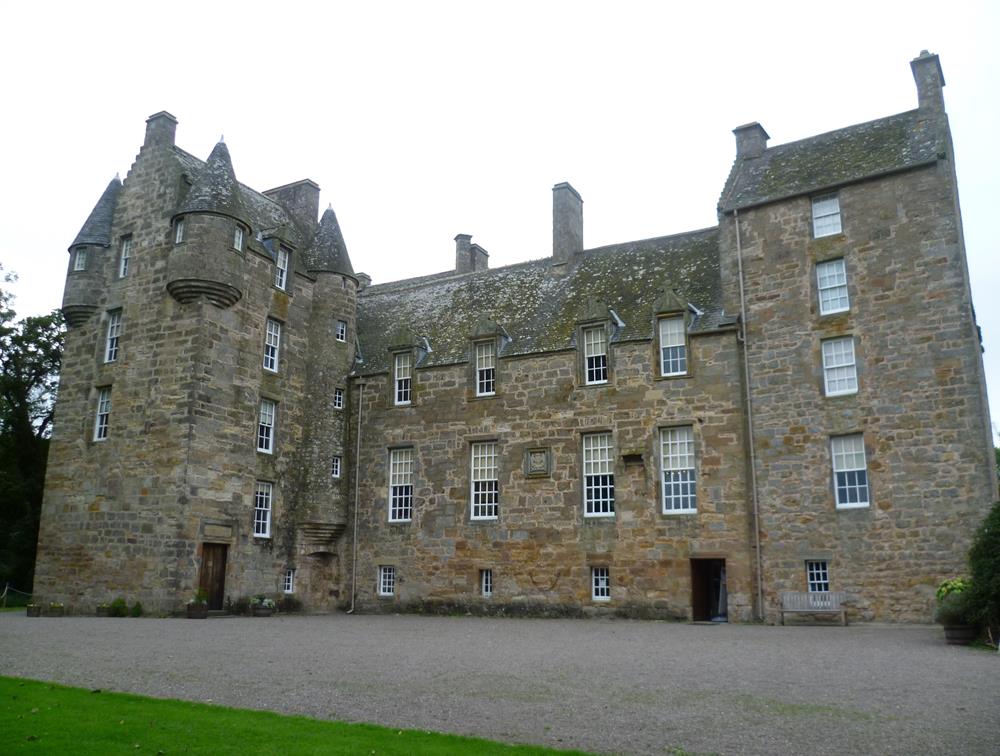 Kellie Castle
Kellie Castle
The original owner is unknown, but shortly after it was owned by Robert de London (1160 to 1210), the illegitimate son of King William the Lion. (By 1266, it was owned by the Siward family from Northumbria, the castle and lands passed to the Oliphant family in about 1360.)
Around 1170, in the reign of King William reigned from 1165–1214, Sir William Dishington built Ardross Castle in Elie.
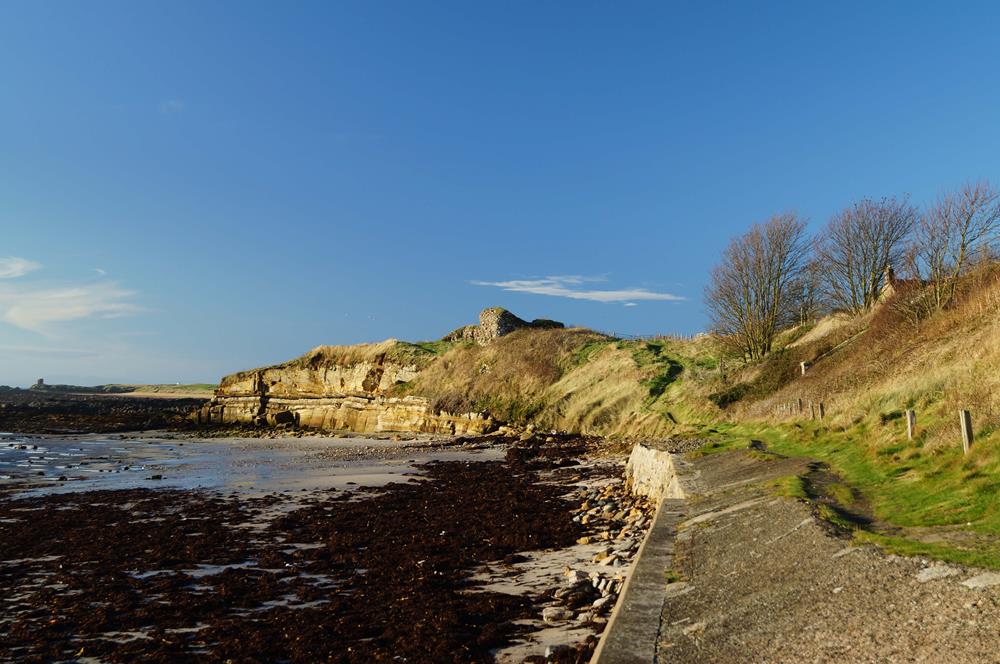 Ardross Castle
Ardross Castle
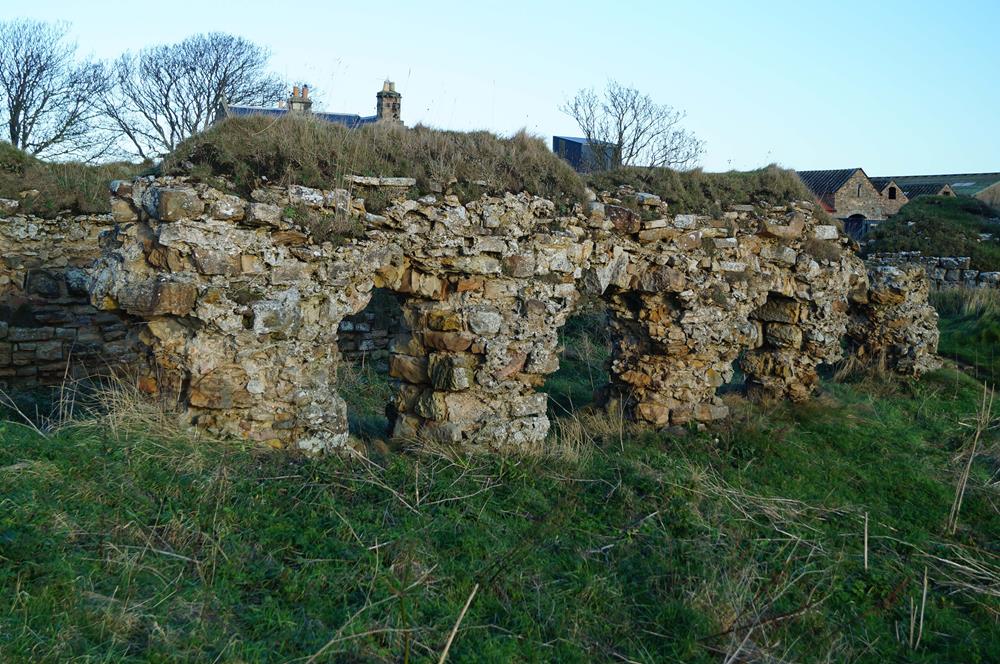 Ardross Castle
Ardross Castle
Sir William married Elizabeth Bruce, sister of Robert the Bruce (or “de Brus” to be correct as he was also of Norman descent).
Around 1250, Dishington’s neighbour Sir Alan Durward (of Norman descent and with close ties to the Royal family) built Newark Castle at St Monans.
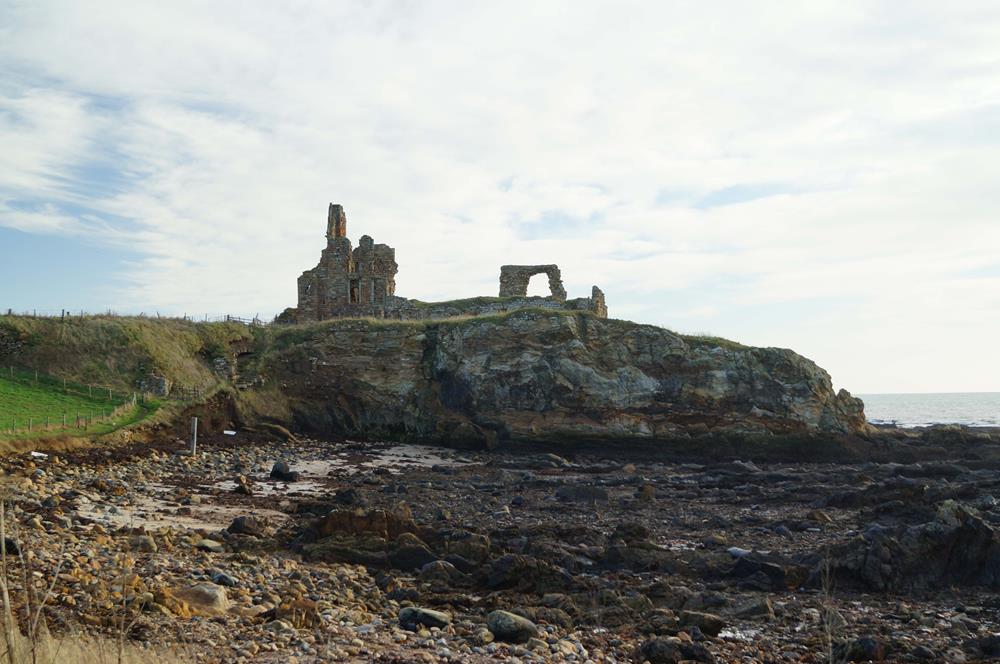 Newark Castle
Newark Castle
Across the water in 1249, John de Vaux, Baron of Dirleton descendant of the original, built Dirleton Castle near North Berwick to replace his ancestor’s Castle Tarbert on Fidra.
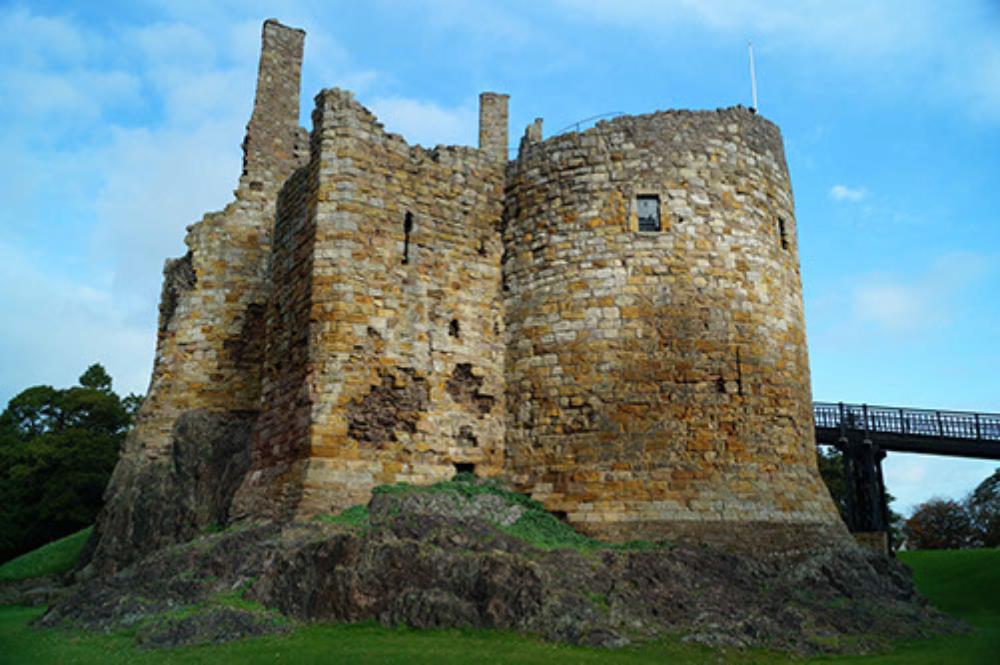 Dirleton Castle
Dirleton Castle
About the same time, Philip de Moubray, (another Norman family) built Barnbougle Castle at Dalmeny.
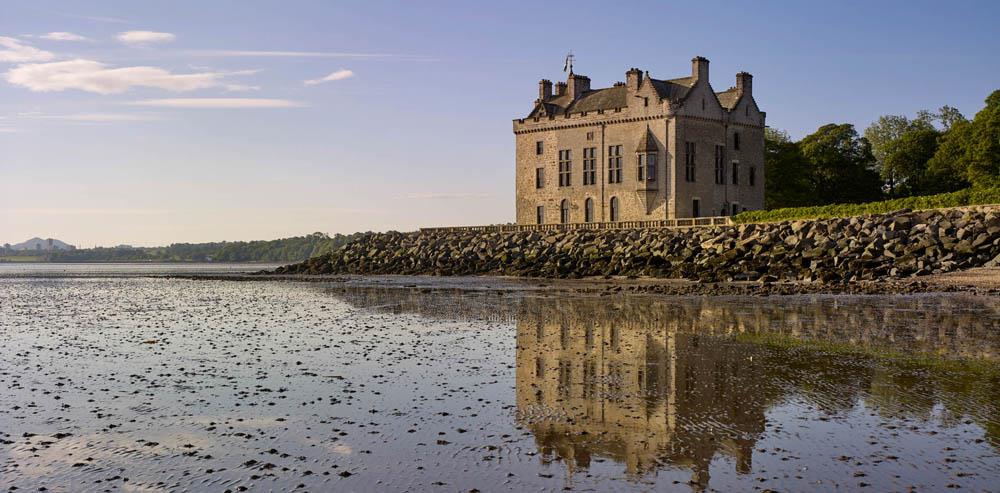 Barnbougle Castle
Barnbougle Castle
| < 6 – The emergence of a Scottish Nation 840 to 1100 AD | Δ Index | 7 – Succession crisis and the Wars of Independence 1286 to 1328 > |